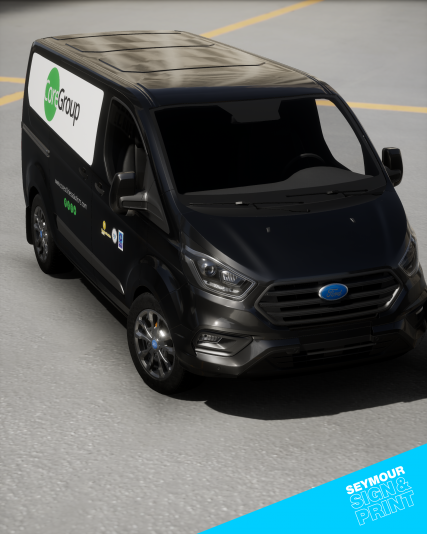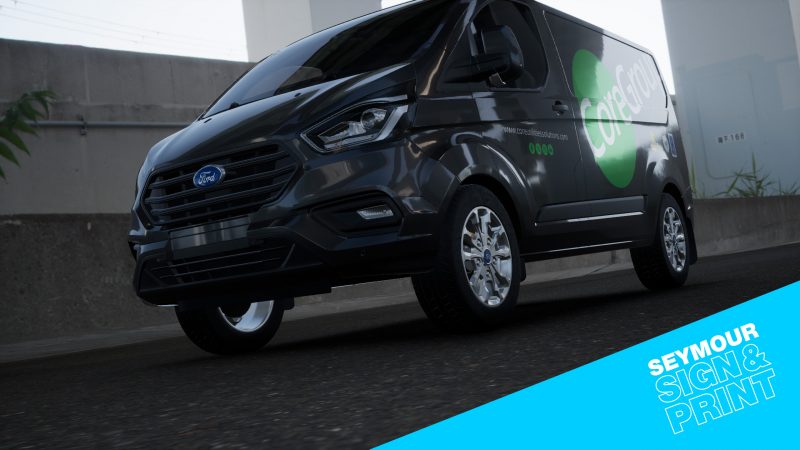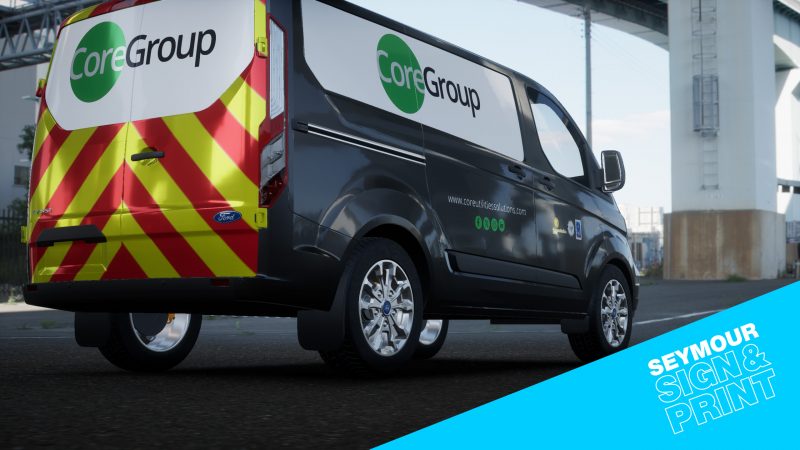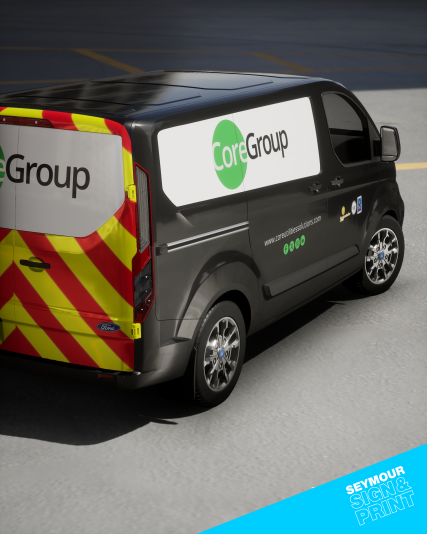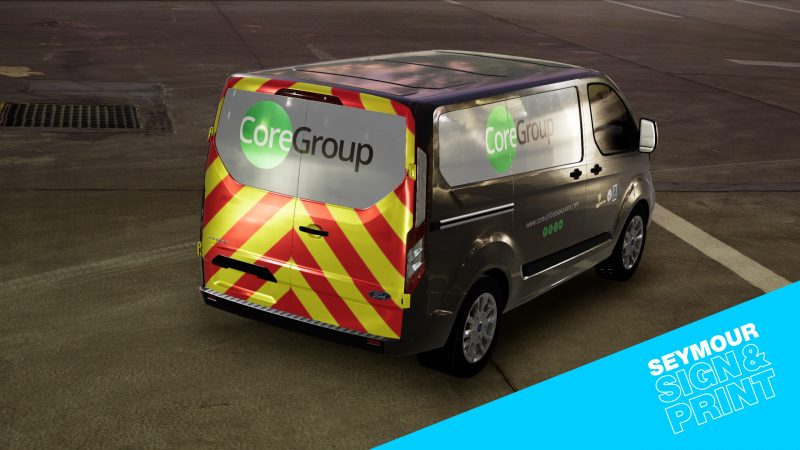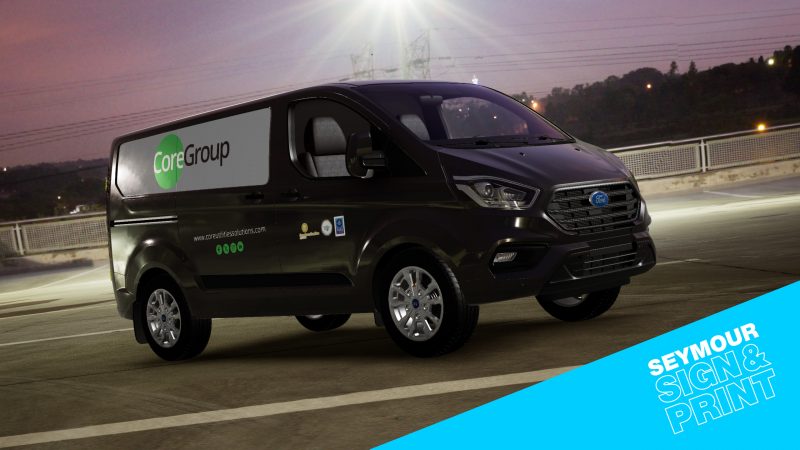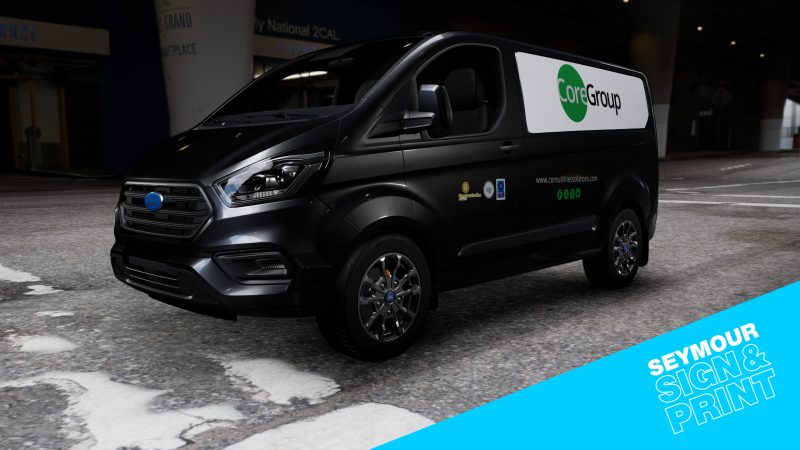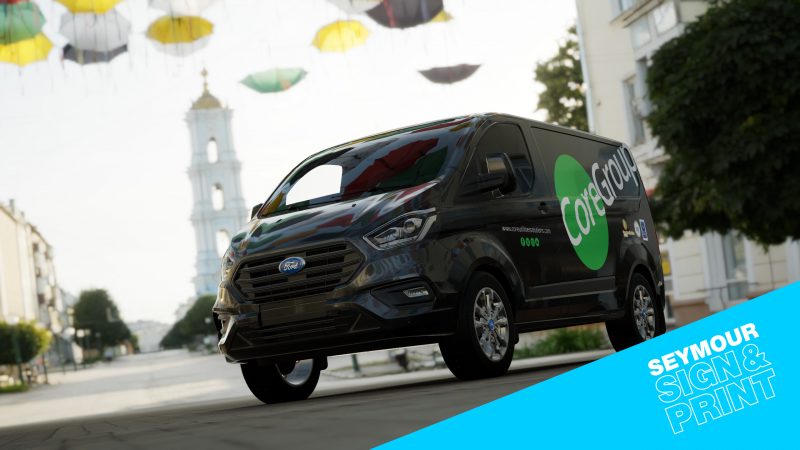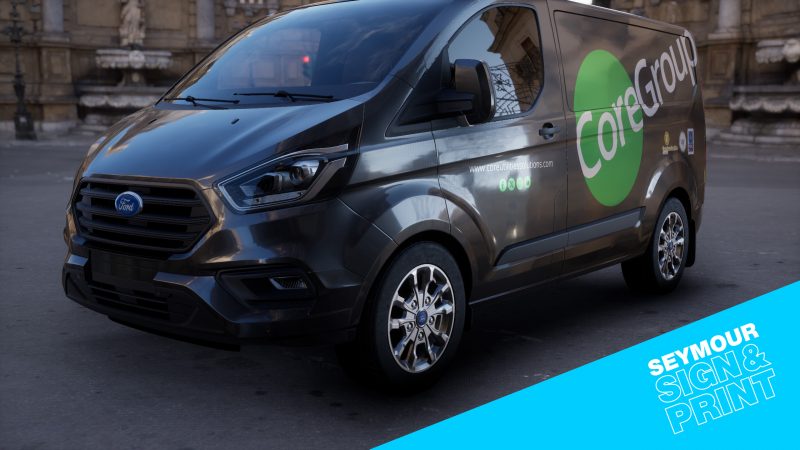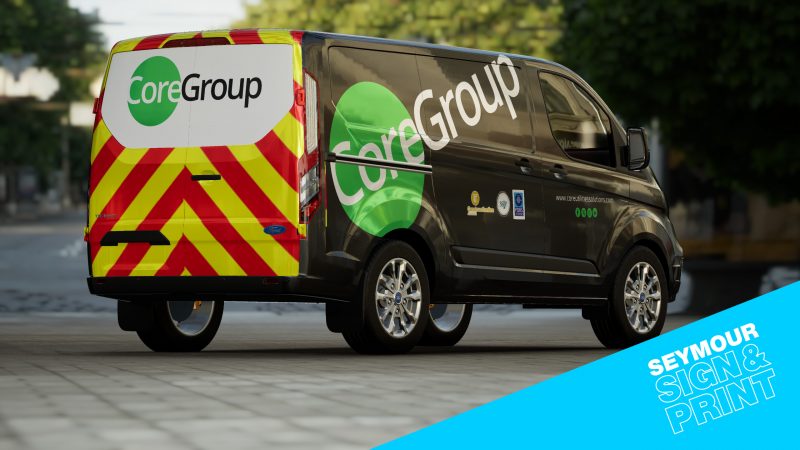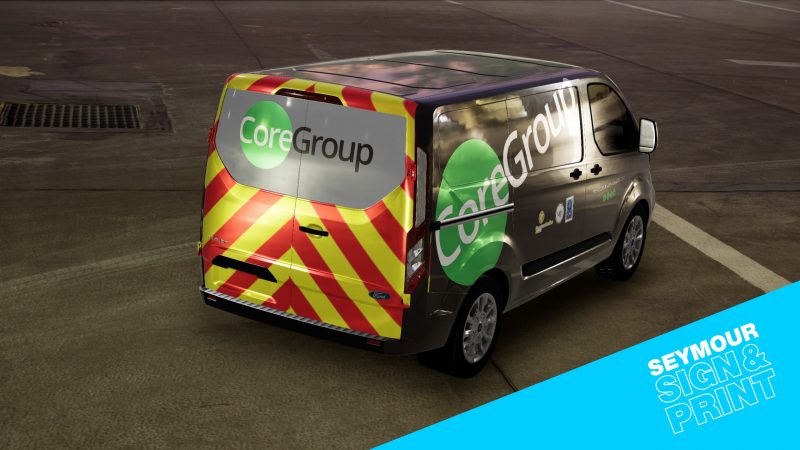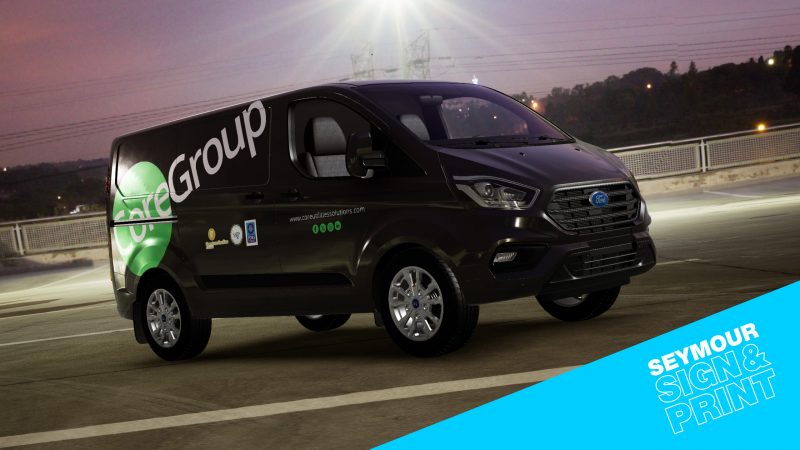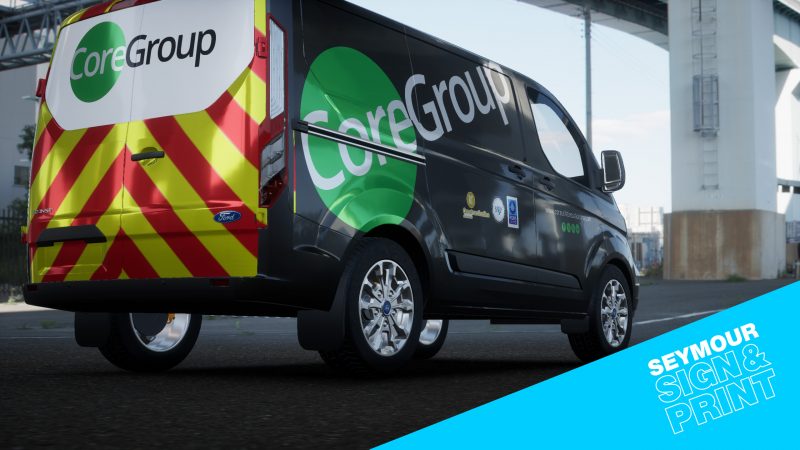-
Zeno – Review & Thoughts
I’ve done a bit of a review on my own website, but thought I’d share some thoughts here.
Zeno is a 3d rendering software aimed at vehicle wrapping, whilst I predominantly do commercial vehicle signage and partial wraps I thought I’d give it a go.
Why? It offers something different, rather than sending a flat 2d proof to a customer, I can send more realistic Renders, or even video Renders of what their signage will look like.
It ticks the boxes for that, I don’t know of an easier, quicker way to create anything similar.
Reality
I design the graphics in illustrator using impact outlines, this is where it gets a bit ‘tedious’. Having to export each element from Illustrator and import these assets into Zeno. From there I effectively have to recreate the design in Zeno on the model. Which granted is easy enough to do, the option to mirror on the opposite side helps. But yes it’s creating additional steps and work… But as above, it’s kind of worth whole on certain jobs.
Limitations
Like all software it has it limitations, for example the library of vehicles isn’t massive, especially for UK commercial vehicles, lots of cars though. However, this is growing and improving, so I’m pleased by that.
My biggest bugbear with the software is the renderings. There are select scenes you can select, that’s fine, exporting to images produces 3 different angles of renders, however you don’t know what these are until you render the scene. They’re the same angle each time you render that scene, but some of the views are more geared to wrapping. Ie, close up of bonnets, or wheel arches, probably good for colour change wraps, useless for commercial signage.
Same with the video outputs, no preview until you’ve rendered each scene, but they are more suitable.
Easily overcome by selecting a few scenes and refering them all, and deleting the less useful images.
Is it worth it?
That depends on your clients, I try and offer something different, and Zeno helps. But I primarily do vehicle signage to start with. I don’t really do ‘cheap’ signs. I am targeting those customer who get excited about their signage, want different and seeing that render really brings it to life, so the times is worthwhile.
There are some additional advantages too! If you’re producing “free” visuals, Zeno now offers you a way to share a proof that isn’t so easily ripped off… How do you rip off a design from a video? That video proof or render can be shared on Social media, YouTube, and whether you did the job or not, is an example of what you can do. Not that I really do free design work, but do make use of the visuals on social media etc.
Here’s a two ideas I have put forward to a customer, and they are really impressed with larger logo rather than panel fill (my branding added over the Zeno logo in Photoshop another little quirk)
Video render of the logo wrap.
Video render of the Panel Fill
My inner geek loves it, customers seem to like it, and ias I said I don’t think I could do anything similar as easily or quickly, and it’s probably already paid for itself already 👍
Interested in others thoughts on this, any questions feel free to ask.
Log in to reply.


